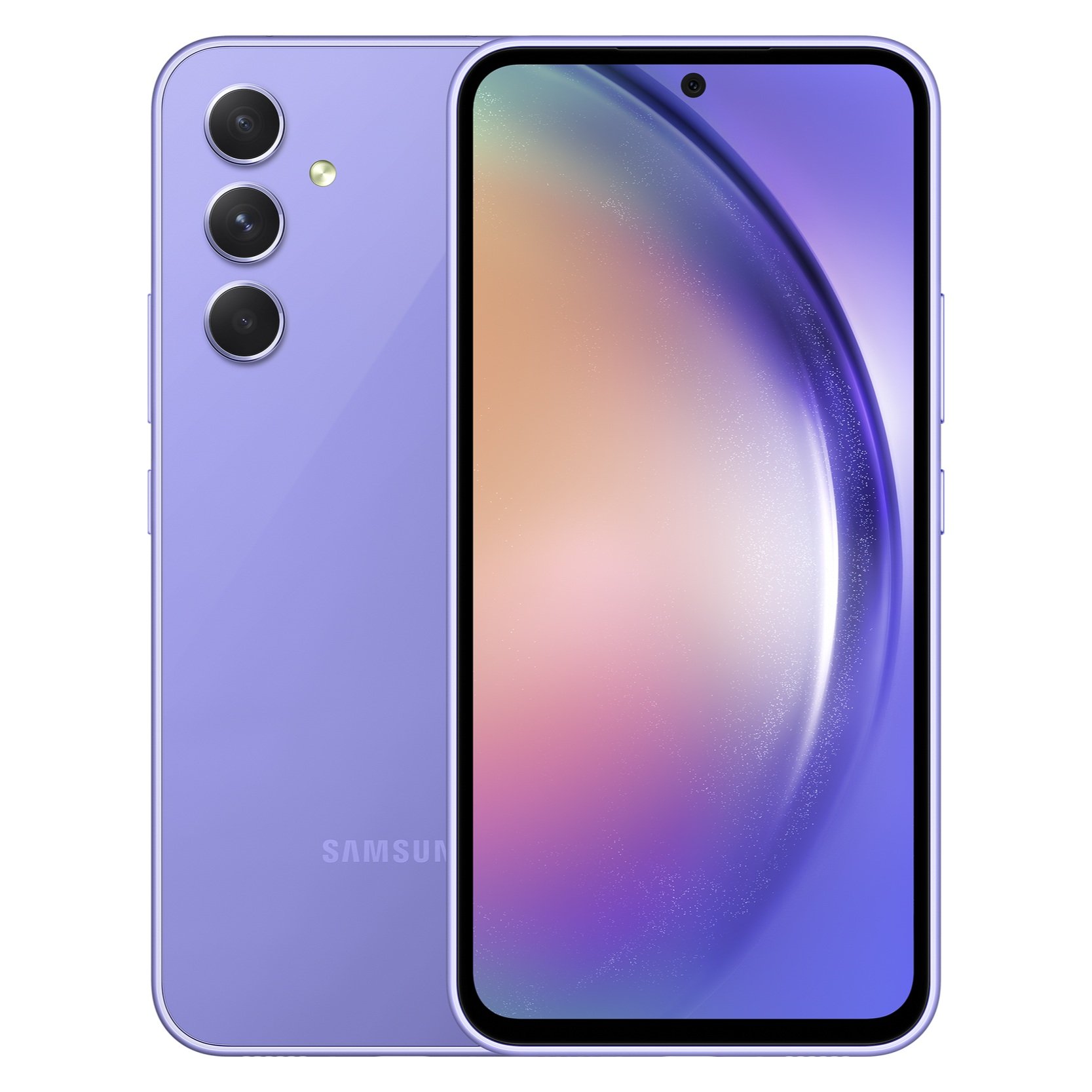Samsung Galaxy A54 5G - Exynos, Everywhere, All At Once (for Business?)
This week Samsung launched a new phone to little fanfare -- there was no Unpacked event, and I saw very little press coverage. I don't have a review unit yet (the phone will be available April 6). The mid-tier $449 Galaxy A54 5G won't be Samsung's best-selling "A" series phone -- that will be whatever replaces the entry level $189 Galaxy A13 -- but the Galaxy A54 5G is notable for at least three things:
It is based on a Samsung Exynos 1380 chipset. No, despite Samsung moving to Qualcomm for its flagship S and Z lines, Exynos is not dead.
It is sold absolutely everywhere. In the U.S., every national carrier is offering it along with most MVNOs. Outside the U.S. (see global press release), aside from China, you should be able to find an A54 competing against mid-tier Chinese phones and Apple's iPhone SE.
Samsung's U.S. press release is pushing the Galaxy A54 5G as a business phone and ...they might be right? Companies choosing smartphones to give to their employees often can't justify paying a premium for the absolute best camera and highest resolution displays found on a Galaxy S23 Ultra, but still want Knox security, good low light camera performance (imaging is part of many mobile workflows), and a large battery with service, support, and carrier availability. The Galaxy A54 5G is actually well-suited to that role.
The Galaxy A54 5G has everything most consumers need in a phone: 6.4" AMOLED 120Hz display; 6GB or 8GB RAM; 128GB or 256GB with microSD expansion; 50MP main camera, 12MP ultrawide, a third macro camera around back for show, and a 32MP selfie camera up front; a large 5000mAh battery (alas, with only 25W charging speeds and no wireless charging). There will certainly be phones from Xiaomi or Realme sold in Europe or Asia that beat the Galaxy A54 in a specs race, but the A54's brand, availability, and software are strong purchase drivers that the Chinese cannot match in every market.
In the U.S., Samsung will face competition from Google’s Pixel 6a and, at Verizon, from Motorola’s Edge, but in this market the bigger challenge is to the mid-tier category as a whole: prepaid customers generally can’t spend more than $200 - $300, and everyone else buys a Galaxy S or an iPhone with help from carrier incentives and effectively free financing.
To discuss the implications of this report on your business, product, or investment strategies, contact Techsponential at avi@techsponential.com.

